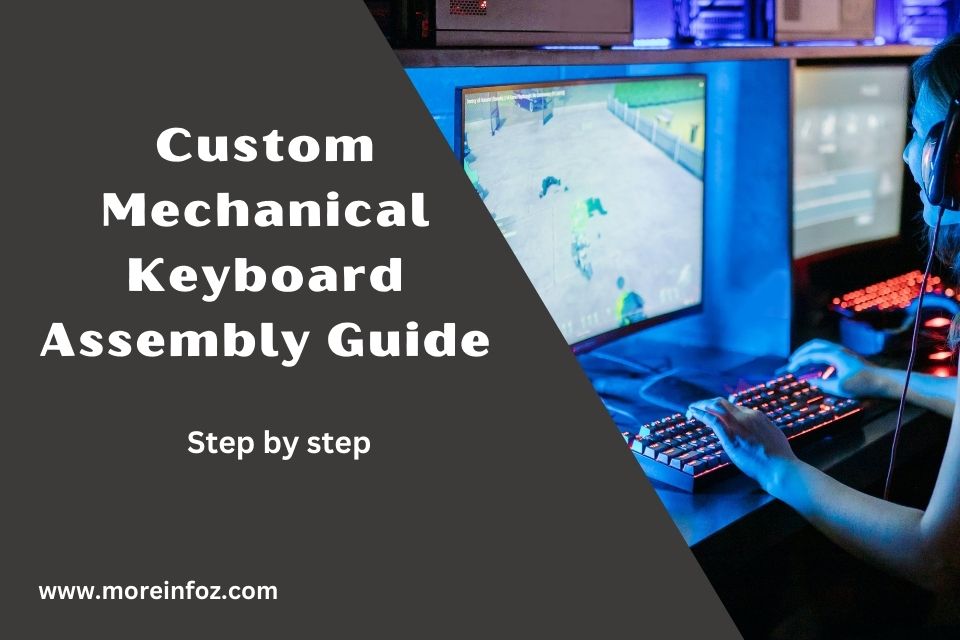Custom mechanical keyboards have gained popularity in recent years as enthusiasts seek the perfect typing experience, personalized aesthetics, and improved durability. Building your own custom mechanical keyboard not only allows you to tailor the look and feel of your keyboard to your preferences, but it also provides a sense of accomplishment and pride in your creation. In this guide, we’ll walk you through the process of assembling a custom mechanical keyboard, from choosing the right components to putting everything together.

Step 1: Gather the Necessary Components
Before you begin the assembly process, you’ll need to acquire the following components:
- Keyboard case
- PCB (Printed Circuit Board)
- Plate (optional)
- Switches
- Keycaps
- Stabilizers
- USB or wireless connectivity (depending on your desired connection method)
Step 2: Choose Your Switches
Mechanical switches are the heart of your custom keyboard, and they come in various types, including linear, tactile, and clicky switches. Each type offers a different typing experience, so it’s essential to choose switches that best match your preferences.
Step 3: Install Stabilizers
Stabilizers help to reduce wobble and maintain an even keypress on larger keys such as the spacebar, enter, and shift keys. Install the stabilizers onto the PCB or plate (if using one) according to the manufacturer’s instructions.
Step 4: Attach the Switches
Position the switches in their corresponding locations on the PCB or plate. Ensure that the pins on the switches align with the holes on the PCB. Once the switches are in place, gently press down on them to secure them to the PCB. If you’re using a plate, it will hold the switches in place.
Step 5: Solder the Switches (if necessary)
If you’re using a hot-swappable PCB, you can skip this step. Otherwise, solder the switch pins to the PCB to establish a secure connection. Use a soldering iron with a fine tip and ensure proper ventilation while soldering.
Step 6: Assemble the Keyboard Case
Attach the PCB (with switches installed) to the keyboard case. Depending on the case design, this might involve screwing the PCB into the case or snapping the plate into the case.
Step 7: Install the Keycaps
Place the keycaps onto their corresponding switches, ensuring that they are aligned correctly. Gently press down on the keycaps to secure them to the switches.
Step 8: Test Your Custom Mechanical Keyboard
Connect your custom mechanical keyboard to your computer via USB or wireless connectivity and test each key to ensure that it registers correctly. If you encounter any issues, double-check your soldering work and switch placement.
Conclusion
Building a custom mechanical keyboard can be a rewarding project, resulting in a personalized typing experience and aesthetic tailored to your preferences. By following this assembly guide, you’ll be well on your way to crafting the perfect keyboard for your needs. Whether you’re a programmer, gamer, or simply someone who appreciates a high-quality typing experience, a custom mechanical keyboard can elevate your setup and provide a unique, satisfying typing experience.





